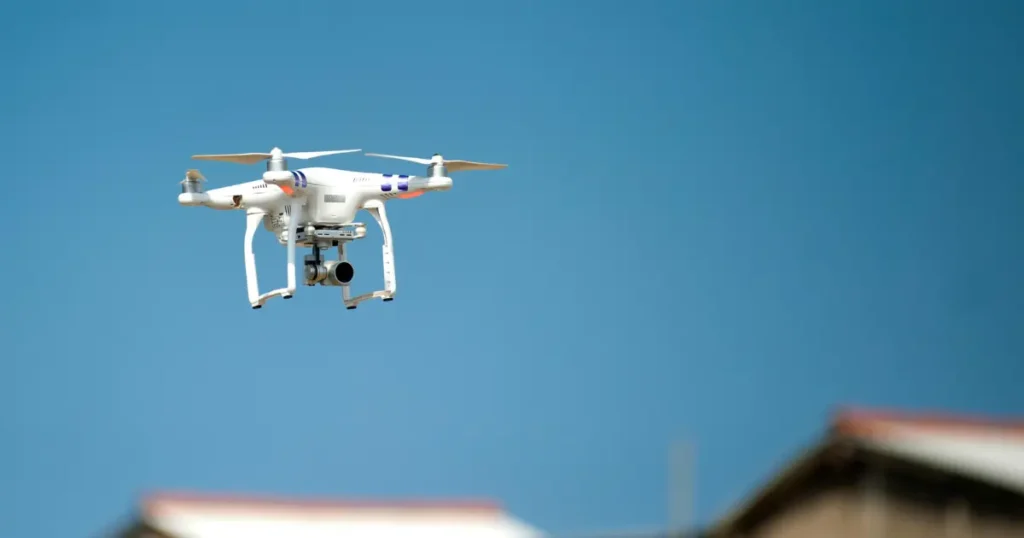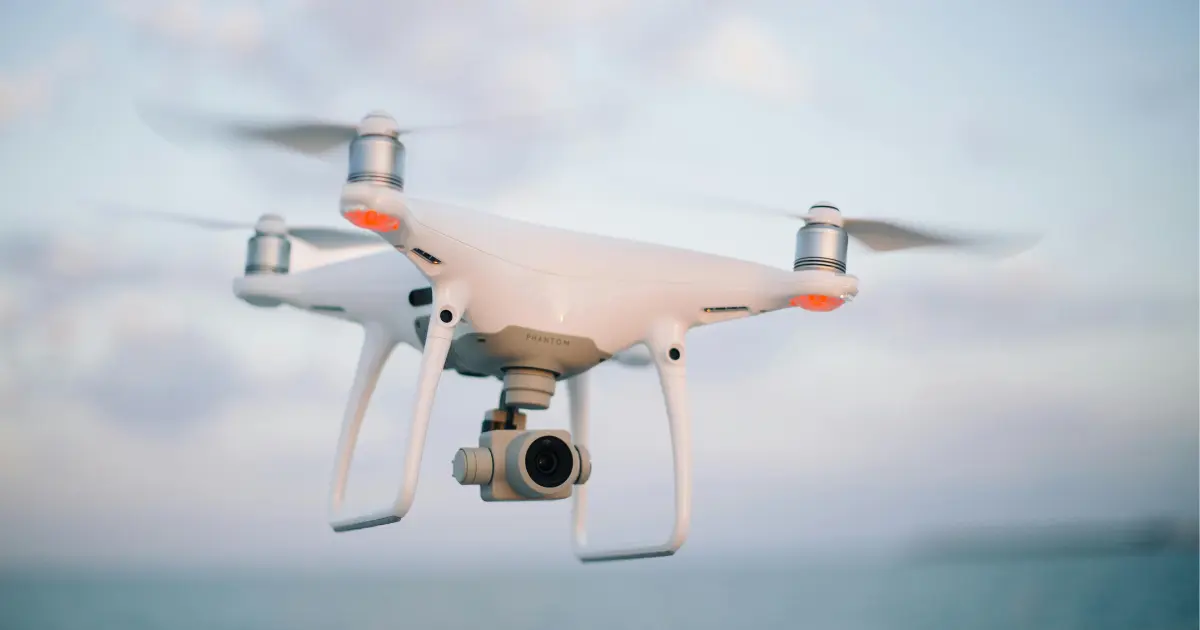Drones have transformed from recreational gadgets to powerful tools for capturing stunning aerial footage and conducting various operations. One crucial component of a drone is its camera, which plays a vital role in capturing high-quality images and videos. If you want to explore more about drone cameras, check out this link for detailed information.
Table of Contents
Understanding Drone Cameras
Drone cameras are specialized cameras mounted on drones that allow users to capture images and videos from high altitudes. Equipped with advanced features such as high-resolution sensors, stabilizers, and zoom capabilities, they are ideal for capturing detailed and stable footage from the air.
How Drone Cameras Work
Drone cameras work by capturing light through a lens and converting it into digital images or videos using a sensor. These images or videos are then transmitted to a ground control station or a smartphone, allowing the operator to view and control the camera in real-time. Some advanced drone cameras also feature autonomous flight modes, which allow them to capture footage automatically without manual input.

Types of Drone Cameras
There are several types of drone cameras available in the market, each with its own set of features and capabilities. Some of the most common types include:
Thermal Drone Cameras: These cameras use thermal imaging technology to capture images based on heat signatures, making them ideal for applications such as search and rescue operations and surveillance.
Infrared Drone Cameras: Similar to thermal cameras, infrared cameras capture images using infrared radiation, allowing them to detect heat sources and other objects not visible to the naked eye.
Underwater Drone Cameras: These cameras are specifically designed to capture images and videos underwater, making them ideal for marine exploration and underwater inspections.
Factors Affecting the Range of Drone Cameras
The range of a drone camera refers to the maximum distance at which it can capture clear images or videos. Several factors can affect the range of a drone camera, including:
- Technical Specifications: The range of a drone camera is often determined by its technical specifications, including the type of camera, lens, and sensor it uses.
- Environmental Factors: Environmental factors such as weather conditions, terrain, and interference from other electronic devices can also affect the range of a drone camera.
Applications of Drone Cameras
Drone cameras have a wide range of applications, including:
- Aerial Photography and Videography: Drone cameras are commonly used for capturing stunning aerial images and videos for various purposes, including filmmaking, real estate, and tourism.
- Surveillance and Security: Drone cameras are also used for surveillance and security purposes, providing a bird’s eye view of a location and allowing operators to monitor activities from a distance.
- Search and Rescue Operations: Thermal drone cameras are often used in search and rescue operations to locate missing persons or detect heat sources in disaster areas.
Selecting the Right Drone Camera
When selecting a drone camera, it is important to consider factors such as:
- Budget: Determine your budget and choose a drone camera that fits within your price range.
- Features: Consider the features you need, such as camera resolution, stabilization, and zoom capabilities.
- Intended Use: Choose a drone camera that is suitable for your intended use, whether it is for recreational purposes or professional applications.
Best Practices for Drone Camera Use
To ensure the best performance from your drone camera, consider the following best practices:
Safety Precautions: Always follow safety guidelines when operating your drone camera, including keeping it away from people and property.
Legal Regulations: Familiarize yourself with local regulations regarding drone use, including where and when you can fly your drone and any restrictions on camera use.
Conclusion
Drone cameras are powerful tools that have revolutionized the way we capture images and videos from the air. By understanding the capabilities and limitations of drone cameras, you can select the right camera for your needs and capture stunning aerial footage with ease.
FAQs
How far can a thermal drone camera see?
The range of a thermal drone camera depends on the model and environmental conditions, but it can typically see up to several miles.
Are thermal cameras suitable for underwater drone use?
Thermal cameras are not typically used for underwater drone applications, as they are designed for aerial use.
What is the typical range of an infrared drone camera?
The range of an infrared drone camera can vary depending on the model, but most have a range of up to several miles.
What factors affect the price of a drone camera?
The price of a drone camera is affected by factors such as its features, capabilities, and brand.
How can I ensure the best performance from my drone camera?
To ensure the best performance from your drone camera, keep it well-maintained, follow the manufacturer’s instructions, and practice flying it in open areas away from obstacles
